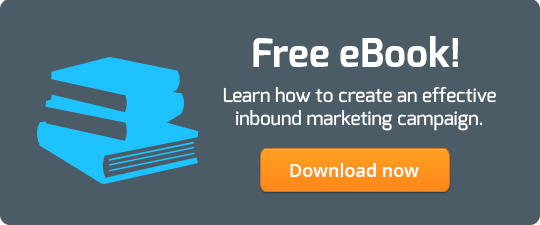How to Write an Optimized Blog Post (In 8 Way-Too-Easy Steps)

1. Find a Good Topic
Before you start writing, take some time to brainstorm a topic that you think will be valuable to your readers. Remember, don’t just write content for the sake of writing content. Providing useless content is almost as bad as providing no content. Write something that matters to your target audience. If you’re unsure of how to target your blogs appropriately, try creating some buyer personas. If you think you’re in a boring industry and have nothing to write about, check out: 3 Tips For Creating Content For a Boring Industry.
2. Write the article.
Aim for 500-1000 words. Too few words and you might leave your readers wondering what the point is (remember, you want to create valuable content). Too many words and you’ll scare readers off with a wall of text. Use bullet points and concise sentences so that your content is easy to read and understand. Try to avoid long paragraphs that will deter visitors from reading your content. When it comes to writing blogs, white space is your friend.
3. Include keywords in your copy.
Don’t over do it. The point isn’t to stuff your post full of keywords. Rather, you should mention your keywords in a normal, natural way that will benefit your readers and help them understand what you’re talking about. General rule- don’t use a keyword more than 5 times. Also remember, a keyword isn’t necessarily just one word. It can also be a string of words like “digital marketing agency”.
4. Use headers when possible.
Include applicable keywords in those headers. This will not only break up your article and make it easier to read, but will also help with organic SEO.
Example: If you’re writing about things to do in the Bahamas, your headers could be “Atlantis Water Park”, “The Blue Lagoon”, and “Exuma Cays”
5. Bold important text.
Doing so allows readers to quickly understand the point of your post and why it’s relevant to them. Often times readers are skimming for the information they are looking for. Those who are skimming your article will be able to get the key takeaways and leave your blog feeling satisfied instead of frustrated that they can’t find the information they want.
6. Create keyword rich text links.
Try to include 1 or 2 links that link internally to your site. Also try to include 1 or 2 links that link externally to other sites. Make sure the text you’re using in the hyperlink is related to the page’s content that you’re linking to.
Example: Last week we focused on why it’s a good idea to publish DIY blog posts, but this week we’re focusing on how to actually create those post.
7. Add an image.
Or two. Or three. Images help entice visitors to actually read your article and make your post stand out on social media. Pick images that are related to the content and help demonstrate the points you are trying to communicate. Make sure to include keywords in your alt text as it relates to describing the image, as this will help with organic SEO.
Example: If you’re writing the about the 10 Best Things to Do in Colorado and you have a picture of the mountains, your alt-text could be “Best Things to Do in Colorado Mountains”
8. Come up with a title. Your title should be under 70 characters and contain a keyword if possible. Get creative! Readers tend to love How To’s and lists. We know everyone is probably a little sick of Buzzfeed’s “10 Amazing Dogs” coming up on their newsfeed, but the fact of the matter is they title their posts that way because it is effective. Stay accurate with your title so that your content can fulfill expectations.
Happy blogging! Do you have any additional steps you use when blogging? Comment and tell us about it!

April 11, 2014


